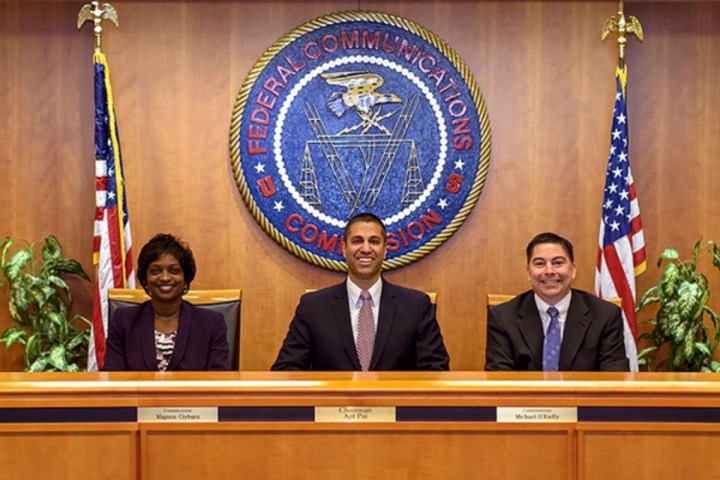
Home internet is not subject to price caps, but the FCC does put restrictions on the cost of broadband access provided to businesses by the likes of AT&T and Verizon, according to a report from Ars Technica. These connections are used for facilitating the use of credit card readers and ATMs, maintaining links with other branches, and for all the more common forms of internet usage.
Yesterday’s decision decrees that price caps will be nullified if 50 percent of potential customers in a given county are within half a mile of a location that’s served by a competitive provider. A county would also be classified as competitive if 75 percent of census blocks are served by a cable provider.
The FCC argues that companies will be more inclined to extend their coverage if the price caps are not in effect. Price caps that are set too low could have the undesirable effect of dissuading providers from making upgrades to their infrastructure.
However, the decision could mean that various businesses end up paying more for the same broadband service. Small businesses, schools, and hospitals could all end up feeling the effects of the FCC’s vote to reduce the influence that price caps hold.
In 2016, former FCC chairman Tom Wheeler submitted a proposal to reduce price caps on broadband service for business by 11 percent over the course of three years, citing efficiency improvements that had been implemented over the preceding decade. However, this proposal was rejected by the current chairman Ajit Pai, and replaced by the plan that just went into effect.


